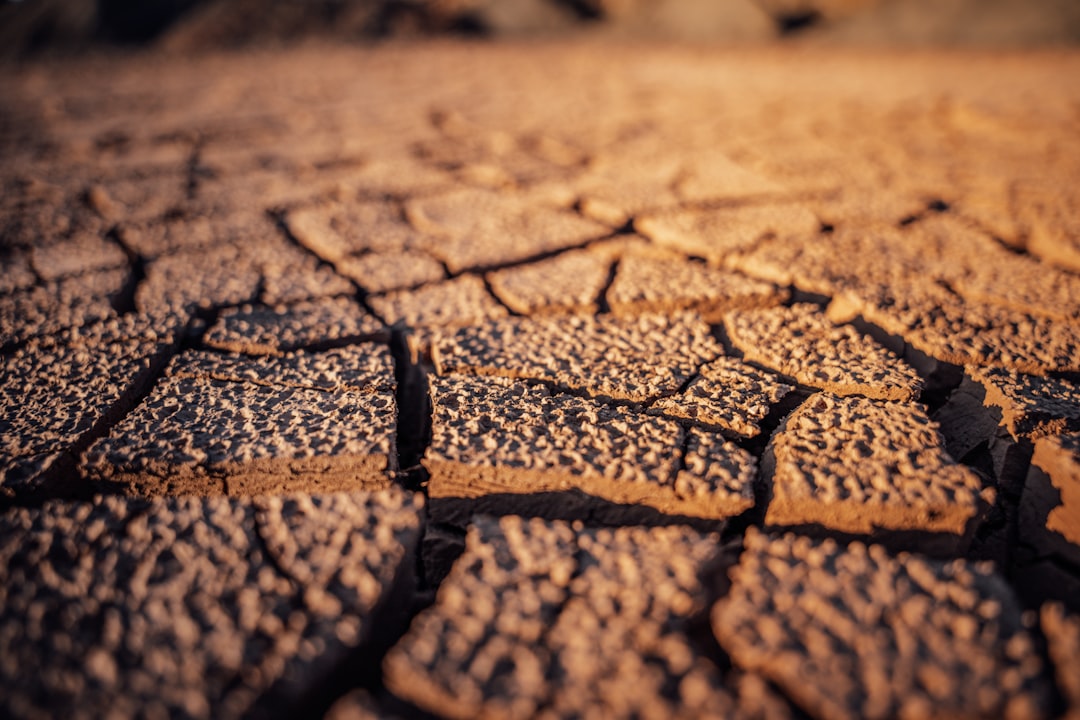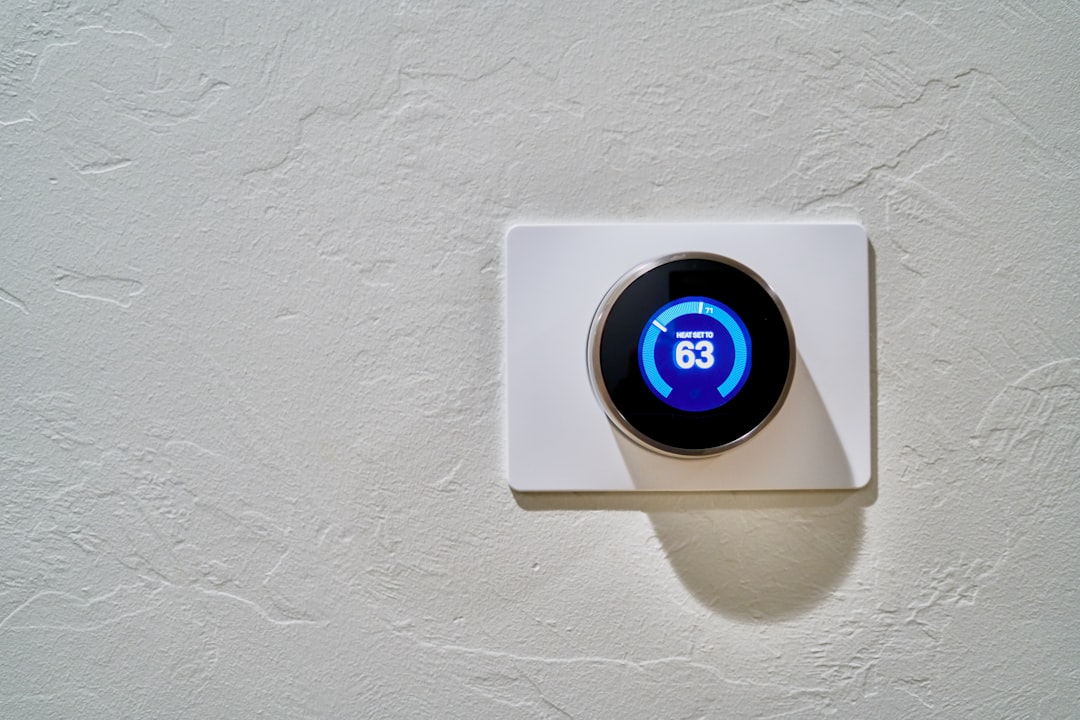What is it about?
We built a website for members of the public to help label images for training deep learning A.I. to detect corrosion. The website also allows people to upload images for online classification. This paper examines the advantages and pitfalls of this process, and discusses some of the challenges presented by edge cases of corrosion. For instance, should weathering steel be classified as corrosion alongside a rusty car?
Featured Image

Photo by Ilya Pavlov on Unsplash
Why is it important?
Using A.I. to detect corrosion has the potential to improve safety and reduce costs. Training computers to detect common objects such as cars, people and cats is relatively straightforward, thanks to their discrete nature and the availability of large datasets. However, corrosion is proving to be harder to grapple with - there are no public datasets available (yet), and its appearance varies widely in features and colours. Crowd sourcing labelling of data has proved fruitful in other domains, and by tapping into the community of corrosion professionals we hope to build a dataset that facilitates development of fast and accurate corrosion detection A.I. models.
Perspectives
I really enjoyed this work, which pushed me outside of my comfort zone. The expertise of the co-authors is greatly appreciated, combining across seemingly disparate disciplines.
William Nash
Monash University
Read the Original
This page is a summary of: Automated Corrosion Detection Using Crowd Sourced Training for Deep Learning, CORROSION, December 2019, NACE International,
DOI: 10.5006/3397.
You can read the full text:
Contributors
The following have contributed to this page










